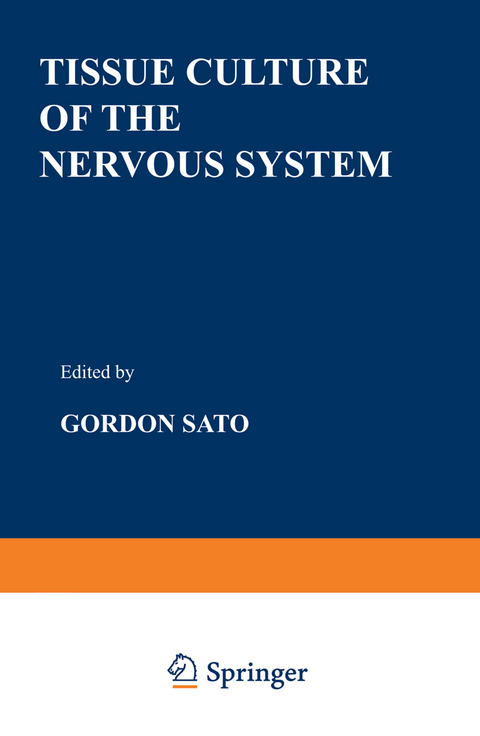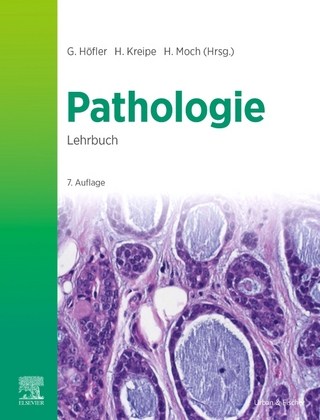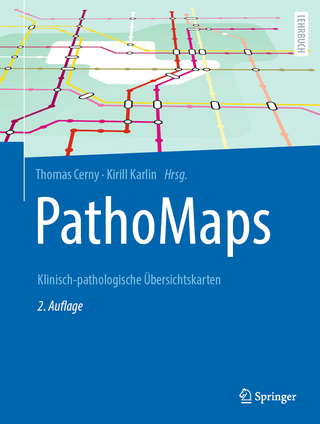
Tissue Culture of the Nervous System
Springer-Verlag New York Inc.
978-1-4684-2906-0 (ISBN)
1 Long-Term Cultures of Embryonic and Mature Insect Nervous and Neuroendocrine Systems.- I. Introduction.- II. The Object of Choice: Periplaneta americana.- III. Material and Techniques.- IV. Specific Problems.- V. Concluding Remarks and Perspectives.- VI. References.- 2 Differentiation of Aggregating Brain Cell Cultures.- I. Introduction.- II. Aggregation.- III. Migration.- IV. Biochemical Differentiation.- V. Morphological Differentiation.- VI. Prospectus.- VII. Acknowledgments.- VIII. References.- 3 Differentiation and Interaction of Clonal Cell Lines of Nerve and Muscle.- I. Introduction.- II. Origin of Cell Lines.- III. Morphological Differentiation.- IV. Chemical Differentiation.- V. Electrical Differentiation.- VI. Differentiation and Cell Culture.- VII. Tropic Interaction Between Neuroblastoma and Myoblast Cell Lines.- VIII. Summary.- IX. References.- 4 Biochemical Characterization of a Clonal Line of Neuroblastoma.- I. Introduction.- II. Nucleic Acid and Protein Content.- III. RNA Biosynthesis.- IV. Protein Biosynthesis.- V. Glycoproteins of the Cell Surface.- VI. Discussion.- VII. References.- 5 Regulation of Neuronal Enzymes in Cell Culture.- I. Introduction.- II. Dissociated Primary Mouse Brain Cultures.- III. Neuroblastoma C1300 Ajax Mouse Cells in Culture.- IV. Neuroblast-Glioblast Biochemical Relationships.- V. Speculation.- VI. References.- 6 Electrophysiological Studies of Normal and Neoplastic Cells in Tissue Culture.- I. Introduction.- II. The Mouse C1300 Neuroblastoma.- III. Hybrid Cell Lines.- IV. Other Continuous Cell Lines: Electrical Coupling.- V. Normal Dissociated Cultures.- VI. References.- 7 Genetic Analysis of the Mammalian Nervous System Using Somatic Cell Culture Techniques.- I. General Methods for Genetic Analysis of the Nervous System.-II. Mitotic Inheritance of Differentiated Functions.- III. Hybridization Experiments.- IV. Generation of Propagating Cell Lines from Normal Neurons and Glia.- V. Conclusions and Future Forecast.- VI. Acknowledgments.- VII. References.- 8 Nervous System-Specific Proteins in Cultured Neural Cells.- I. Introduction.- II. Experimental Neural Tumors.- III. S100 Protein Production by C6 Rat Glial Cells.- IV. Synthesis and Degradation of S100 Protein in C6 Cells.- V. Production of 14-3-2 Protein by Human Neuroblastoma Cells in Culture.- VI. Conclusions.- VII. Acknowledgments.- VIII. References.- 9 Clonal Lines of Glial Cells.- I. Introduction.- II. Isolation of Clonal Lines.- III. Cellular Location of S100 Protein.- IV. Studies of Myelination in Vitro.- V. Prospectus.- VI. References.- 10 Induction of Enzymes by Glucocorticoids and Catecholamines in a Rat Glial Cell Line.- I. Introduction.- II. Materials and Methods.- III. Induction of Glycerol Phosphate Dehydrogenase by Cortisol.- IV. Effect of Catecholamines on Cyclic AMP and Lactic Dehydrogenase.- V. Differential Sensitivity of GPDH and LDH Inductions to Inhibitors of RNA Synthesis.- VI. Conclusions.- VII. References.- 11 The Metabolism of Glycosphingolipids and Glycosaminoglycans.- I. Introduction.- II. Glycosphingolipids.- III. Glycosaminoglycans.- IV. Collagen Synthesis.- V. Conclusions.- VI. References.
| Reihe/Serie | Current Topics in Neurobiology |
|---|---|
| Zusatzinfo | XIV, 288 p. |
| Verlagsort | New York, NY |
| Sprache | englisch |
| Maße | 152 x 229 mm |
| Themenwelt | Medizin / Pharmazie ► Medizinische Fachgebiete |
| Studium ► 2. Studienabschnitt (Klinik) ► Pathologie | |
| Naturwissenschaften ► Biologie ► Zoologie | |
| ISBN-10 | 1-4684-2906-X / 146842906X |
| ISBN-13 | 978-1-4684-2906-0 / 9781468429060 |
| Zustand | Neuware |
| Haben Sie eine Frage zum Produkt? |
aus dem Bereich


